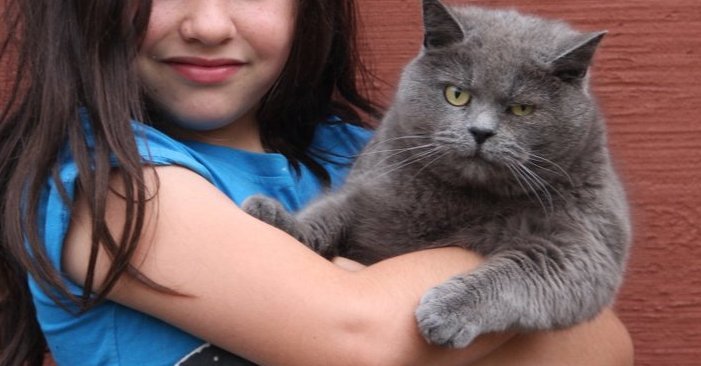Ruby took on Eddie as a one year old rescued cat, and ever since she’s owned him, his left eye has not been normal. It’s often half closed, and while this doesn’t seem to trouble him, Ruby knows that it should be fully open, like his right eye. She has been to see me with him several times and I’ve checked what’s happening with his eye. The diagnosis is simple, but treatment and cure are challenging.
Eddie has conjunctivitis, which means inflammation of the lining of the eye. In dogs, conjunctivitis is usually caused by exposure to some irritant substance or an allergic reaction. In cats, conjunctivitis is usually caused by an infectious agent, so it can easily be passed on from one cat to another cat.
There are two groups of infections that can cause this. In theory, a swab can be taken from the eye and sent off for analysis to try to identify the causative agent. In practice, this can be expensive and analysis is sometimes inconclusive. For this reason, many vets take an attitude of treating for the two different causes, making a presumptive diagnosis based on the outcome of medication.
The first type of conjunctivitis is caused by bacterial-type infections, including organisms called Mycoplasma and Chlaymydia. Antibiotic treatment using drops sometimes helps, but for a complete cure, a daily tablet for a month is sometimes needed. Eddie was given this in the past, but his left eye remained half-closed.
This lack of success meant that it was most likely that Eddie had picked up the other type of conjunctivitis – a viral infection called Herpes Virus. He’s vaccinated against this now, but he must have picked up the virus when he was young, and as in cold sores in humans, it’s a virus that tends to lurk in the system. Eddie’s eye is open normally sometimes, but then at other times it closes up. This is typical of Herpes virus infections: at times of stress, the virus becomes more active in cats, in the same way as human cold sores tend to get worse when people are feeling stressed.
Treatment of viral conjunctivitis cannot cure it permanently, but it’s usually enough to ensure that affected cats stay comfortable. Again, antibiotic eye drops are often used, to ensure that other bacteria are not moving into the sore eye and making it worse. And a daily amino acid tablet, lysine, can prevent the virus from multiplying so quickly. But the most effective treatment is potent anti-viral medication which has to be given daily for a month or more, at the times when the conjunctivitis seems worst.
Nothing will ever cure Eddie – he will always be prone to conjunctivitis – but with the right medication, Ruby knows that she’ll always be able to keep his left eye open and comfortable as far as possible.

